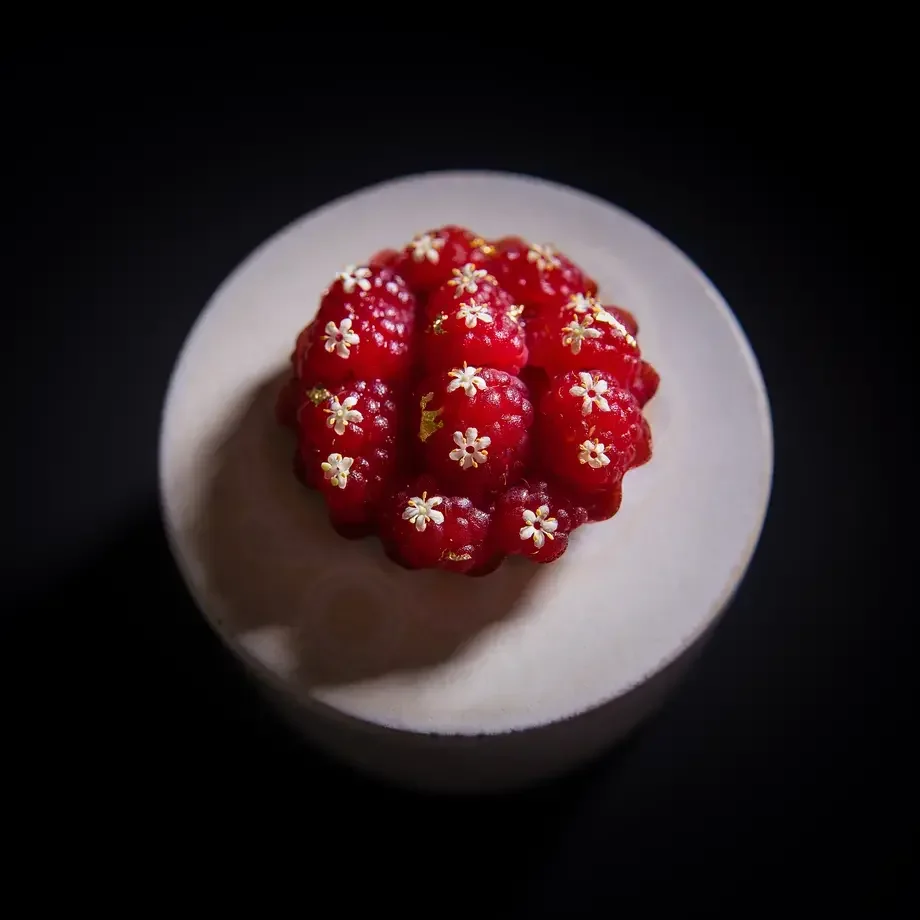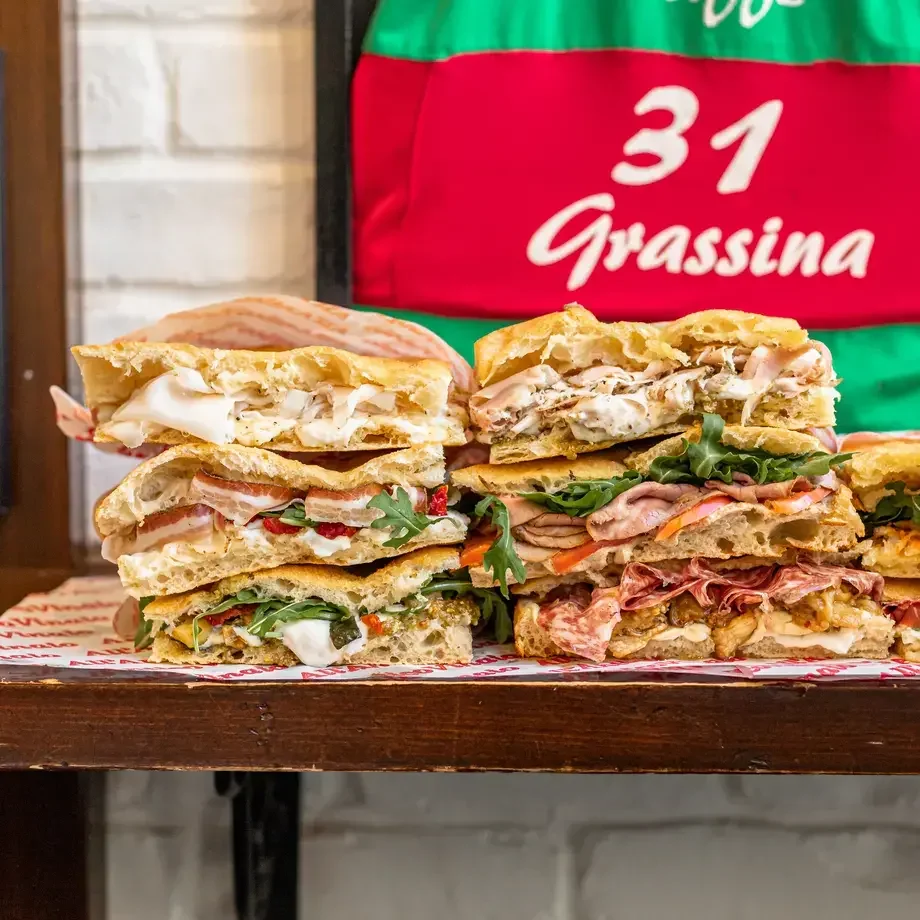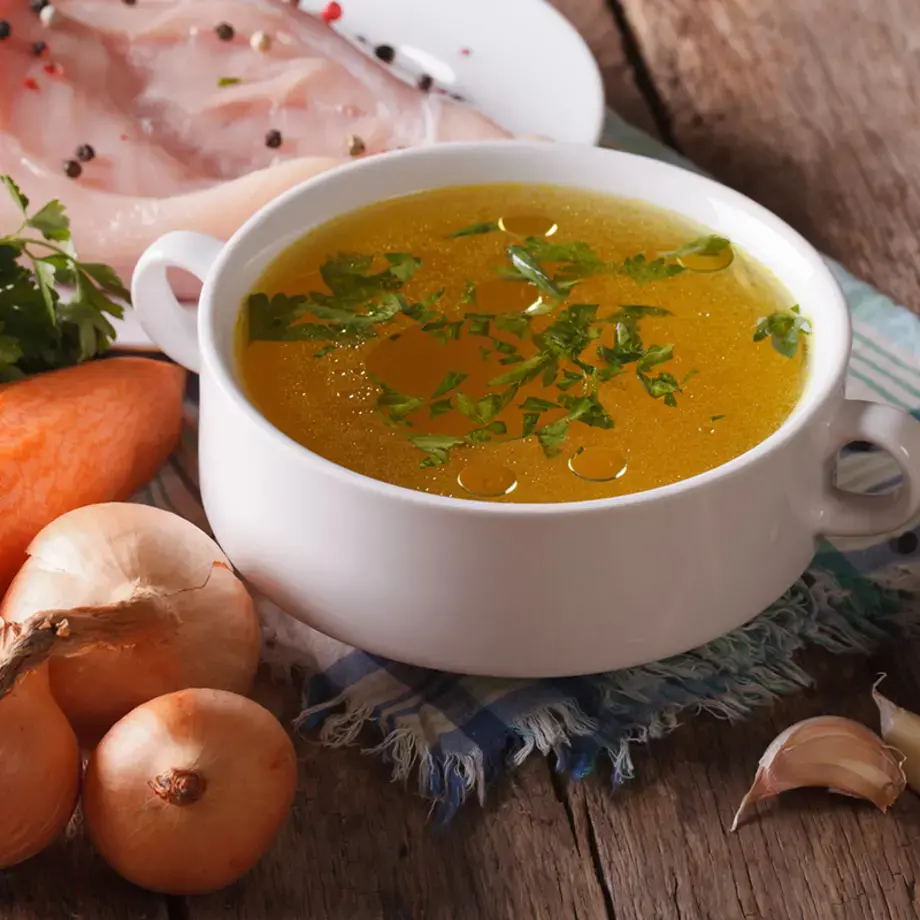The great-grandfather of modern wheat, spelt is a culinary trend some 7,000 years in the making. For some fun facts about this must-have ancient grain, take a look at our A-Z of spelt, and read on for some tips and tricks for using it in your cooking.
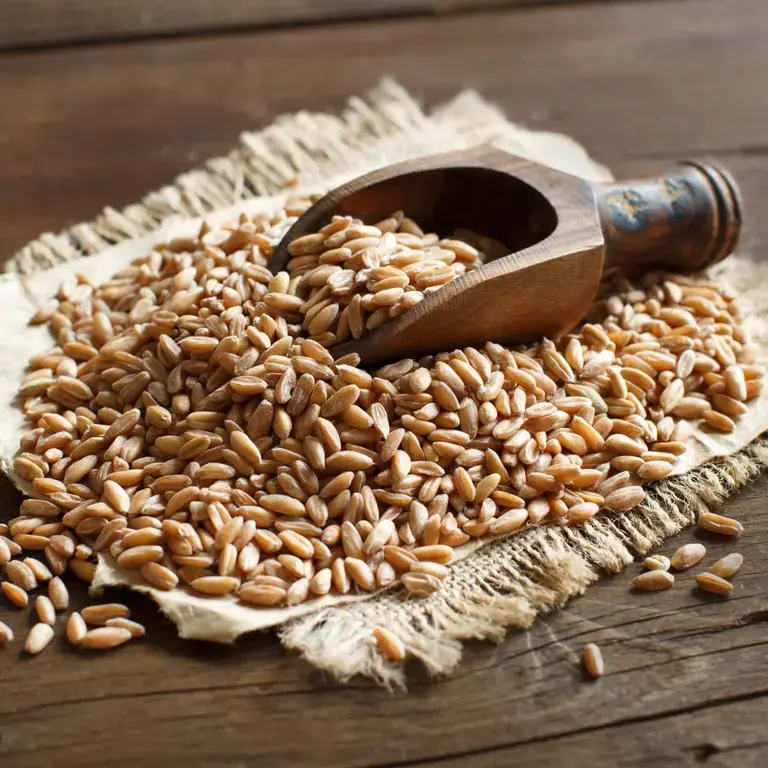
Photo: iStock
The Best Spelt Recipes
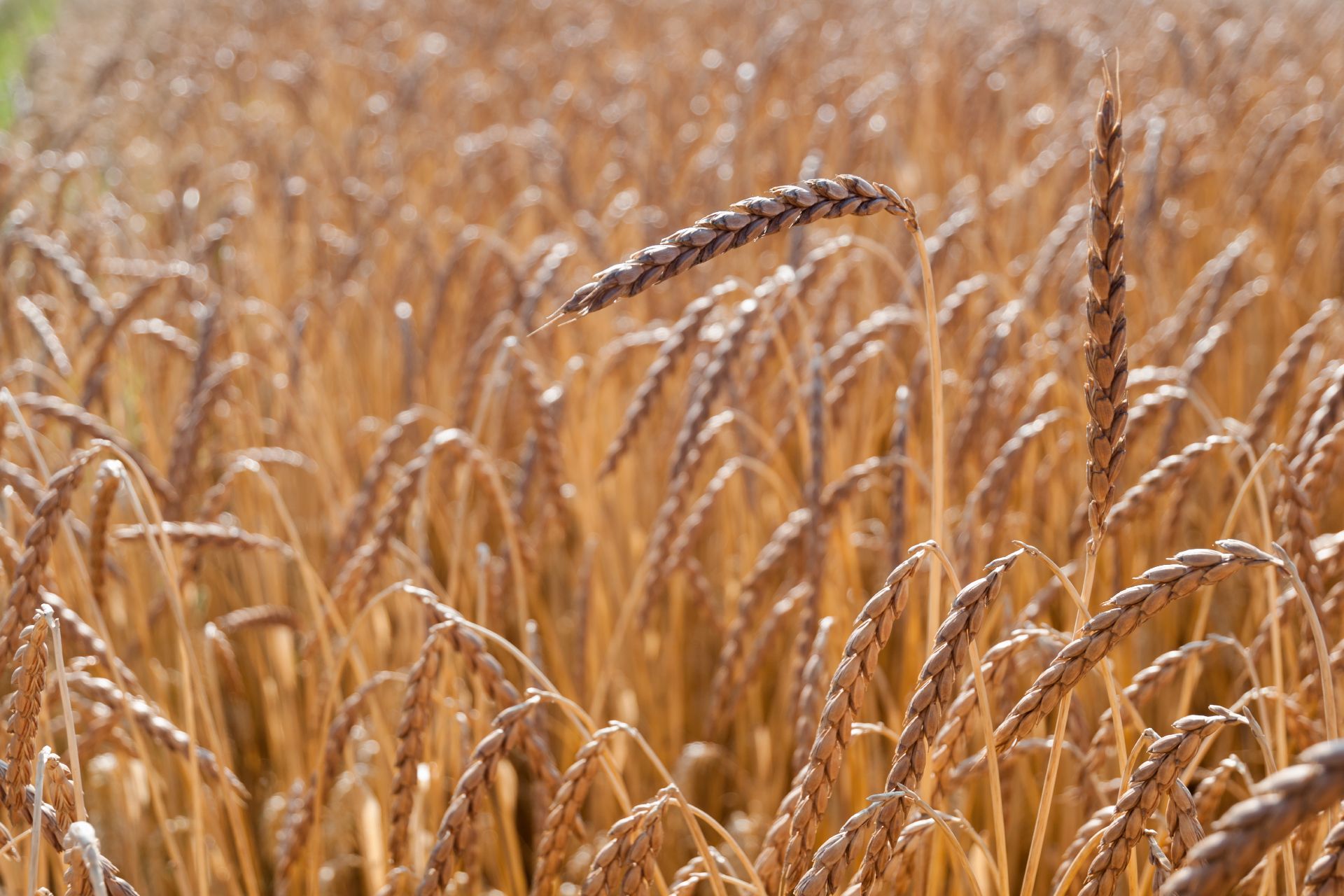
Spelt is sometimes referred to as an ‘ancient grain’, because it has been cultivated by humans for approximately 7,000 years. A close relative of wheat, this energy-rich grain was a staple food in parts of Europe from the Bronze Age through to the Middle Ages, and was dubbed ‘marching grain’ by the Romans because it provided a good source of energy for their armies. During the industrial revolution it was largely replaced by higher-yield crops like modern wheat, but in recent years, spelt and other ancient grains have been enjoying something of a renaissance.
Modern grain production relies heavily on just three crops - wheat, corn and rice. This means that a large proportion of farmland is given over to monocultures, which can have a negative impact on the environment. Fans of ancient grains argue that growing a wider variety of grains will improve biodiversity, and that by focussing so closely on just three grains, we could be missing out on tastier and more nutritious food. The grains we eat today have been bred for disease resistance and maximum yield rather than flavour or nutritional value, and some ancient grains have been found to be more nutritious than the big three, while others are preferred for their flavour.
Spelt is slightly higher in protein and zinc than regular wheat, but otherwise the two are nutritionally similar. It is also sometimes tolerated better by people with wheat sensitivities, but it does contain gluten, so anyone with gluten allergies or coeliac disease should avoid it.
It has a deliciously nutty flavour, with a hint of sweetness, and can be used to add interest to grain bowls, salads and soups. Spelt flour is a popular choice for sourdough bread, and because it is quite light it makes lighter, fluffier bakes than wheat, and is particularly good for pancakes and waffles. Pearled spelt, which has had its outer bran removed, is great for soaking up liquids, and can be used to make a delicious risotto or a creamy porridge.
How to prep and cook spelt
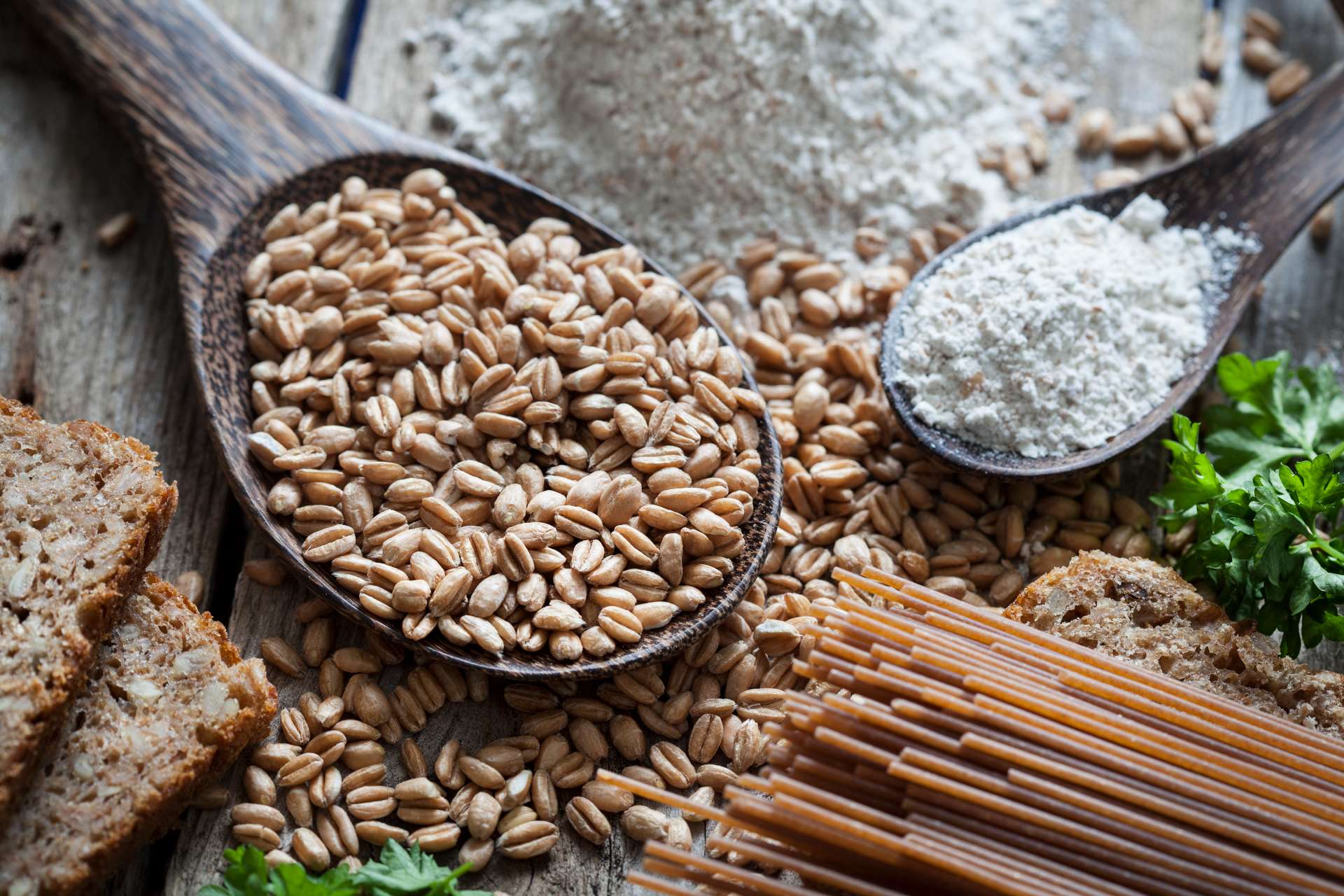
When cooking whole spelt, it’s a good idea to soak the grains overnight first. This helps to release more nutrients, breaking down substances that could bind to them and prevent them from being absorbed by the body.
Add the grains to a pot and cover with water. You will need around 1 ½ cups of water per cup of grains. Bring to the boil, then reduce the temperature and simmer for around 45 minutes, until the spelt is al dente.
Recipes
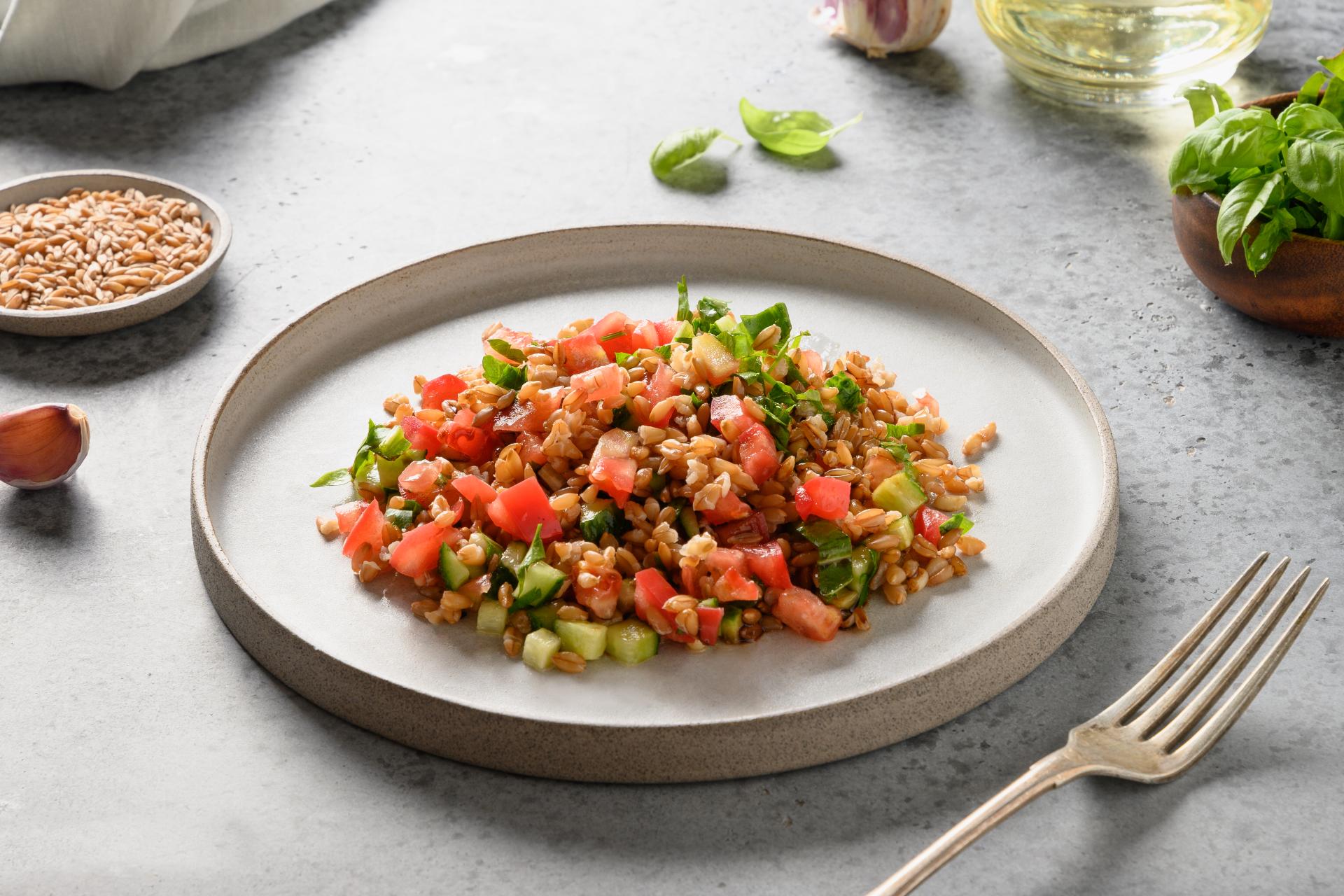
Spelt and wild mushroom risotto: spelt adds a deliciously nutty flavour to this flavourful risotto from BBC Good Food. An easy weeknight dinner, this rich and creamy dish is surprisingly low in fat and is sure to be a hit with all the family.
Pea and spelt vegan burger with spicy chips: burger and fries are the ultimate comfort food, and this burger and fries also happens to be completely vegan friendly.
Spelt salad with navy beans, cherry tomatoes and cucumber: this vibrant summer salad by Olivia’s Cuisine is packed with nutrients, and makes the perfect healthy lunch. Those tasty spelt grains and beans will provide a slow release of energy throughout the day, and keep you feeling full until dinner time.
Chewy cinnamon spelt cookies with sea salt: spelt flour adds an irresistibly nutty taste to these yummy cookies from Food and Wine. With their crinkly, sugary tops and chewy texture, they taste just like snickerdoodles, and they’re suitable for vegans too.
Shredded apple spelt cake: the nutty flavour of spelt flour goes perfectly with the cinnamon and vanilla in this spiced apple cake from All Recipes. Shredded apple adds a sweet, fruity flavour and keeps the cake moist for days. Serve as a dessert, or with your mid morning cup of coffee.
How to store raw / cooked spelt
Whole spelt should be stored in an airtight container in a cool place, and will keep for up to 6 months in the pantry. If you want to store it for longer, it will keep for up to 12 months in the freezer. Once cooked, the grains can be stored in your fridge for 3 to 4 days, after which they should be boiled again before eating.
If you like spelt, you can discover more unusual and tasty alternatives to wheat with our A-Z of ancient grains.

